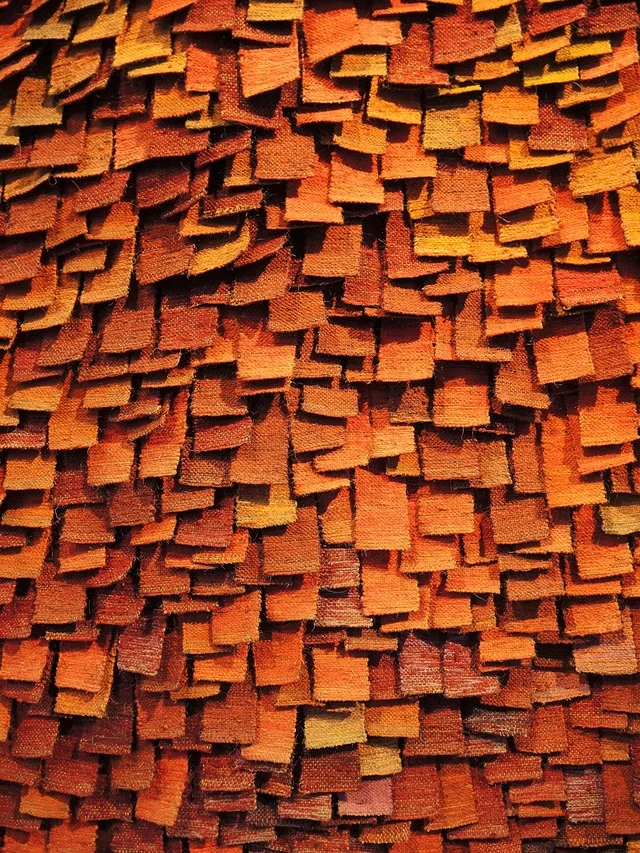
Invest in Olga de Amaral Art: A timeless asset for Art Collectors
In the world of contemporary art, few names evoke the same sense of reverence and originality as Olga de Amaral. Best known for her tactile, lig
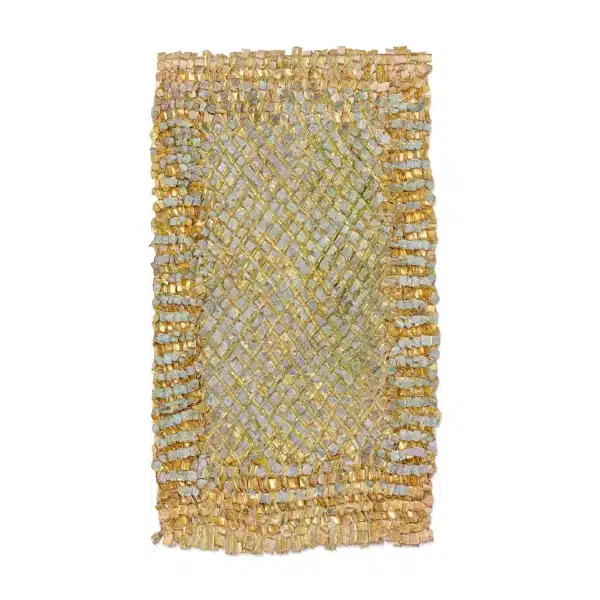
Linen, gesso, acrylic and gold foil
47 x 29.48 in
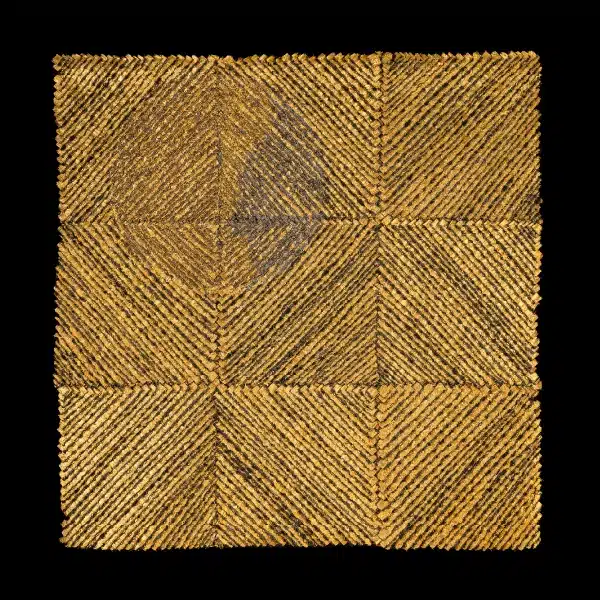
Linen, gesso, acrylic and gold leaf
36.02 x 36.02 in

Gold leaf and acrylic on linen
78.74 x 17.71 in

Linen, gesso, acrylic and gold foil
61.02 x 39.37 in
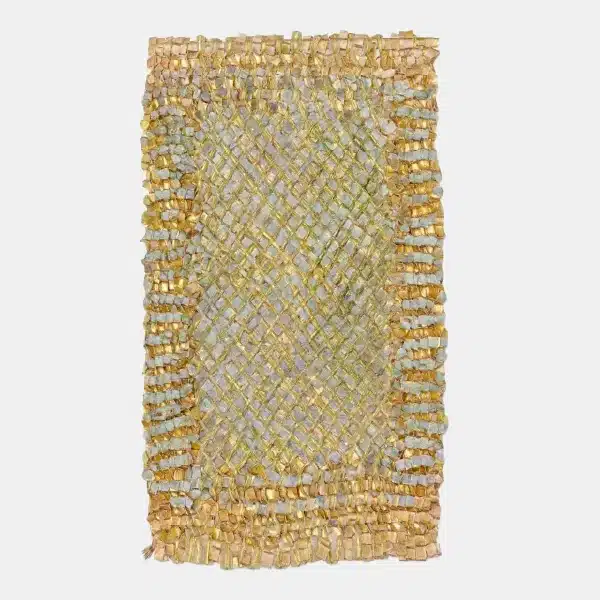
Linen, gesso, acrylic and gold foil
119.4 x 74.9 cm
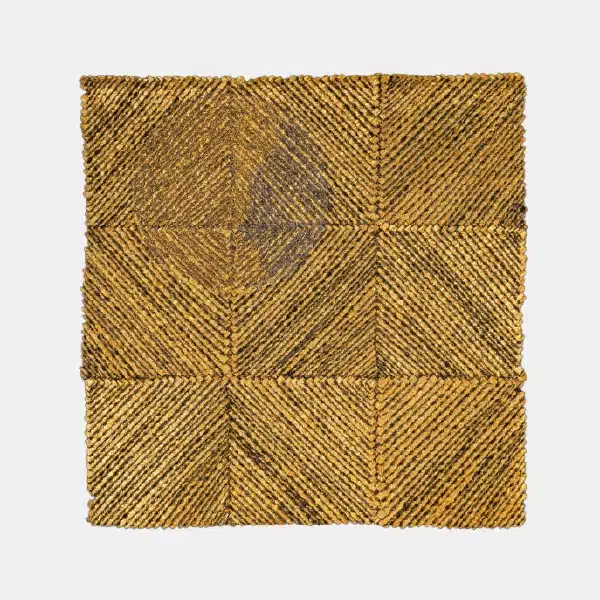
Linen, gesso, acrylic and gold leaf
91.5 x 91.5 cm
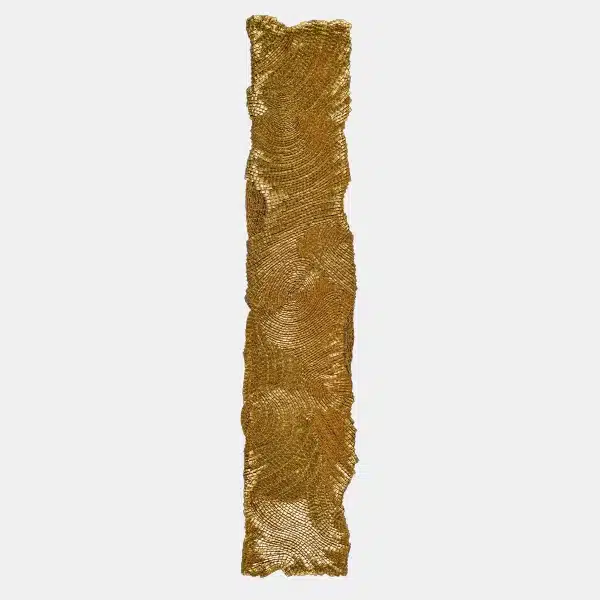
Gold foil and acrylic on linen
205 x 45 cm
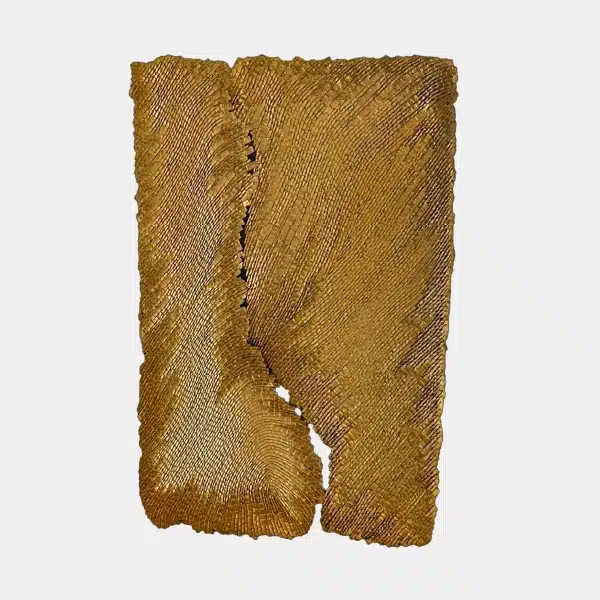
Linen, gesso, acrylic and gold foil
155 x 100 cm
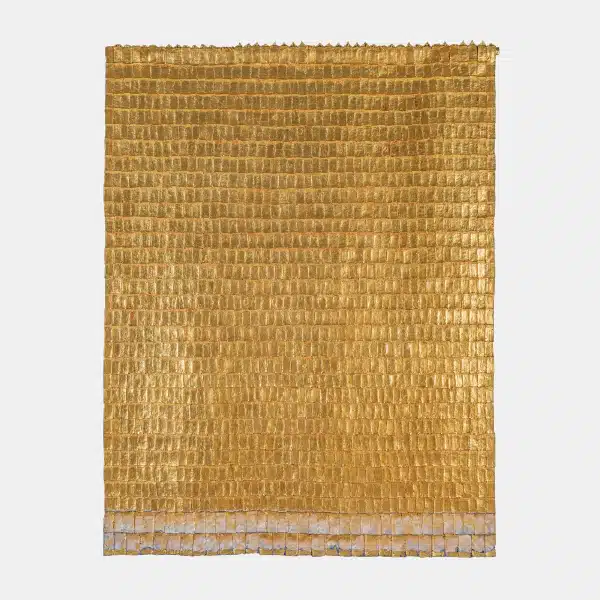
Gold foil and acrylic on linen
170 x 130 cm
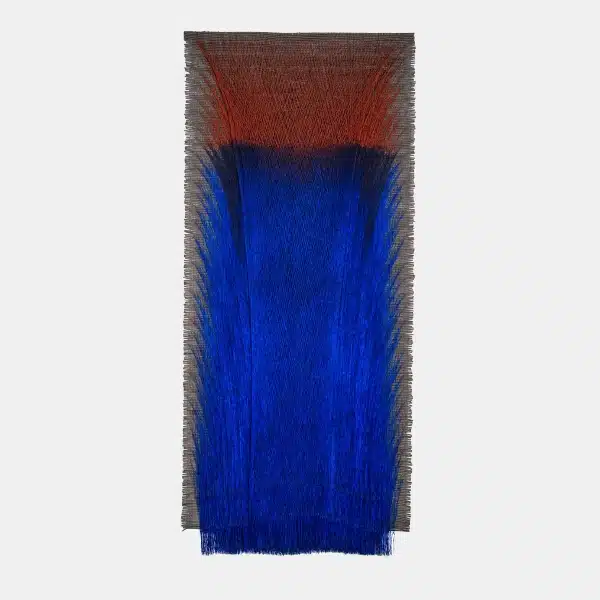
Linen, gesso, acrylic
195 x 95 cm
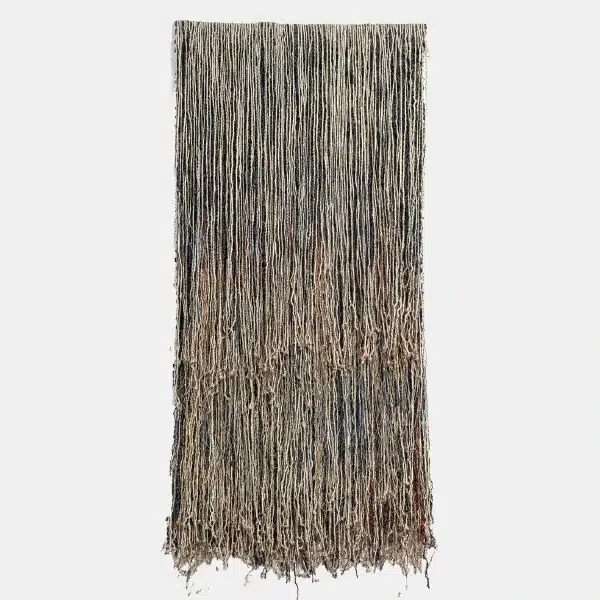
Dyed animal fibers
200 x 95 cm
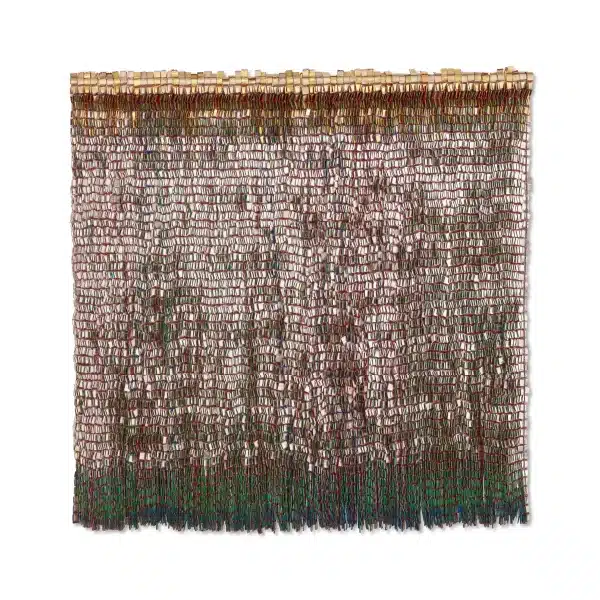
Linen, gesso, acrylic, gold leaf and silver
50 x 50.98 in
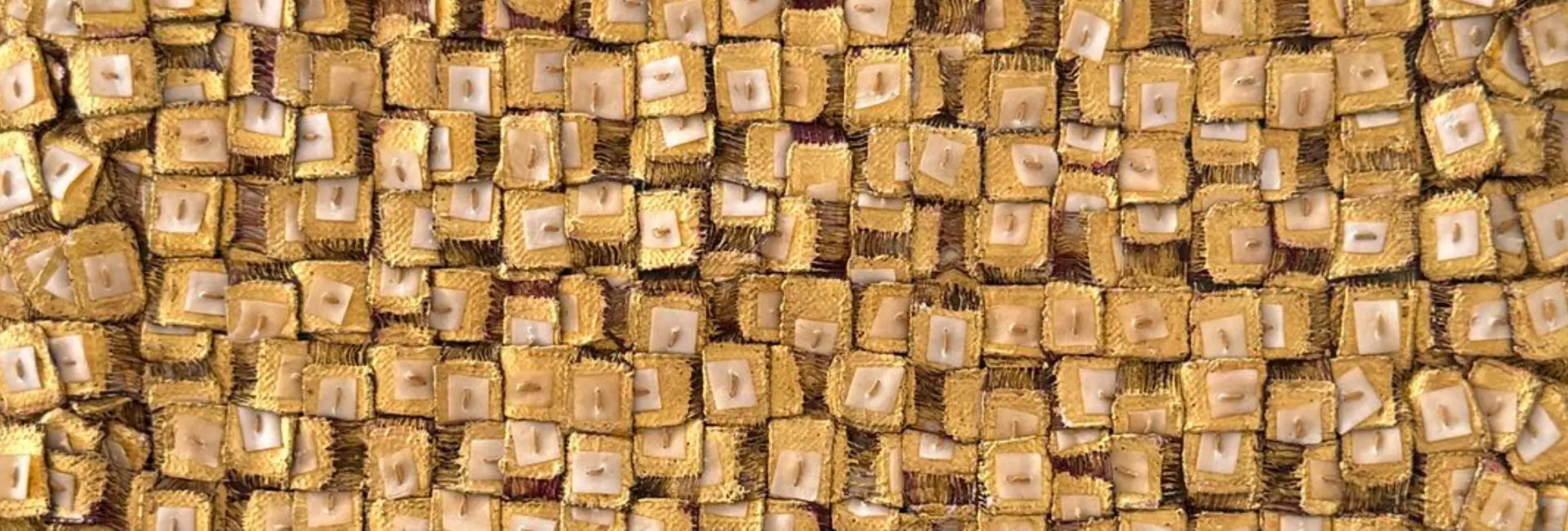
Amaral’s sensitivity has been what has allowed her to experiment. She creates her own language through the implementation of new materials, new fibers and new concepts, without ever leaving aside what characterizes her so much: the middle ground that she herself found between art, architecture and craftsmanship.
She was born on June 10, 1932 in an Antioquian family with five sisters and two brothers. She studied architectural design at the Colegio Mayor de Cundinamarca, which allowed her to come into contact with two disciplines that have been her points of reference: design and architecture. In 1954, when the new artistic currents were taking hold in Colombia, she left to study textiles and design at the Cranbrook Academy of Art in Michigan, which gave her a professional base for a practice that she had already appreciated in the Colombian peasants and that later has been her main means of operation in the international artistic field. After her return to Colombia, Amaral applied Strengell’s philosophies to her own weavings, which were also nourished by the local context.
She is considered one of the great pioneers of post-war Latin American abstraction: her works do not leave aside a historical milestone. Her use of gold is a way of uniting pre-Hispanic culture, colonial art and her contemporary work, as well as the use of unconventional materials, which fuse weaving with her urgency to give answers. It is therefore safe to say that her works are essentially unclassifiable and self-reflexively authentic.
Her art has been contextualized within the discourses of the Latin American avant-garde, the feminine renaissance of craftsmanship, fiber art, modernist abstraction and the search for new postmodernist meanings.
In 1971, she won first prize at the XXII National Artists’ Salon, which meant an opening of the country’s events and institutions to the crossing of languages and modes, which was beginning to manifest itself with the multiplication of formal options. In 1973, she was awarded the Guggenheim Fellowship and in 1972 the first prize at the Third Coltejer Art Biennial in Medellin, which showed the reception that her work had begun to have in circuits other than the decorative arts or handicrafts themselves. Olga de Amaral later made numerous exhibitions in different countries and has been characterized since the sixties for having a constant work, with a notable presence in international galleries and museums.
She has had close to one hundred solo exhibitions and has participated in more than one hundred group exhibitions in renowned institutions around the world. Her work is part of 24 permanent collections, including the Banco de la República Art Collection, the collection of the Musée d’Art Moderne de la Ville de Paris, the Museum of Modern Art in New York, the Metropolitan Museum of Art, the Kyoto Museum of Modern Art. Two of her works are exhibited at the Miguel Urrutia Art Museum of the Banco de la República.

In the world of contemporary art, few names evoke the same sense of reverence and originality as Olga de Amaral. Best known for her tactile, lig
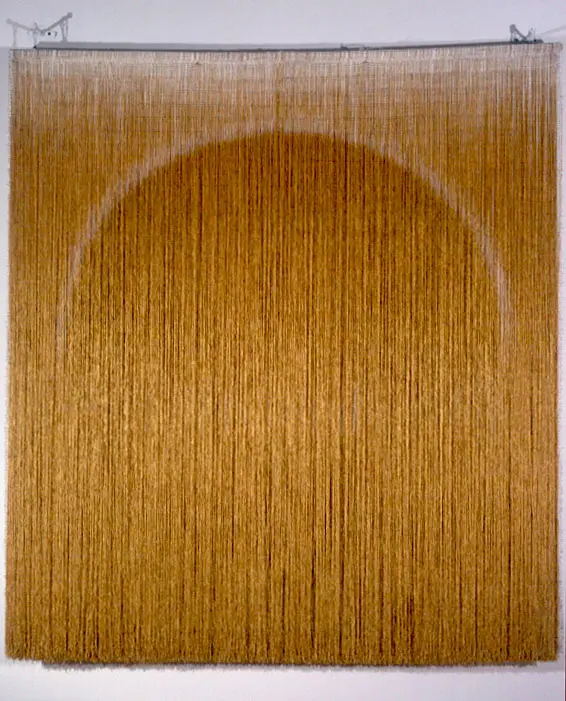
In the world of contemporary art, few figures stand out as distinctly as Olga de Amaral. Known for her innovative approach to textile art, O
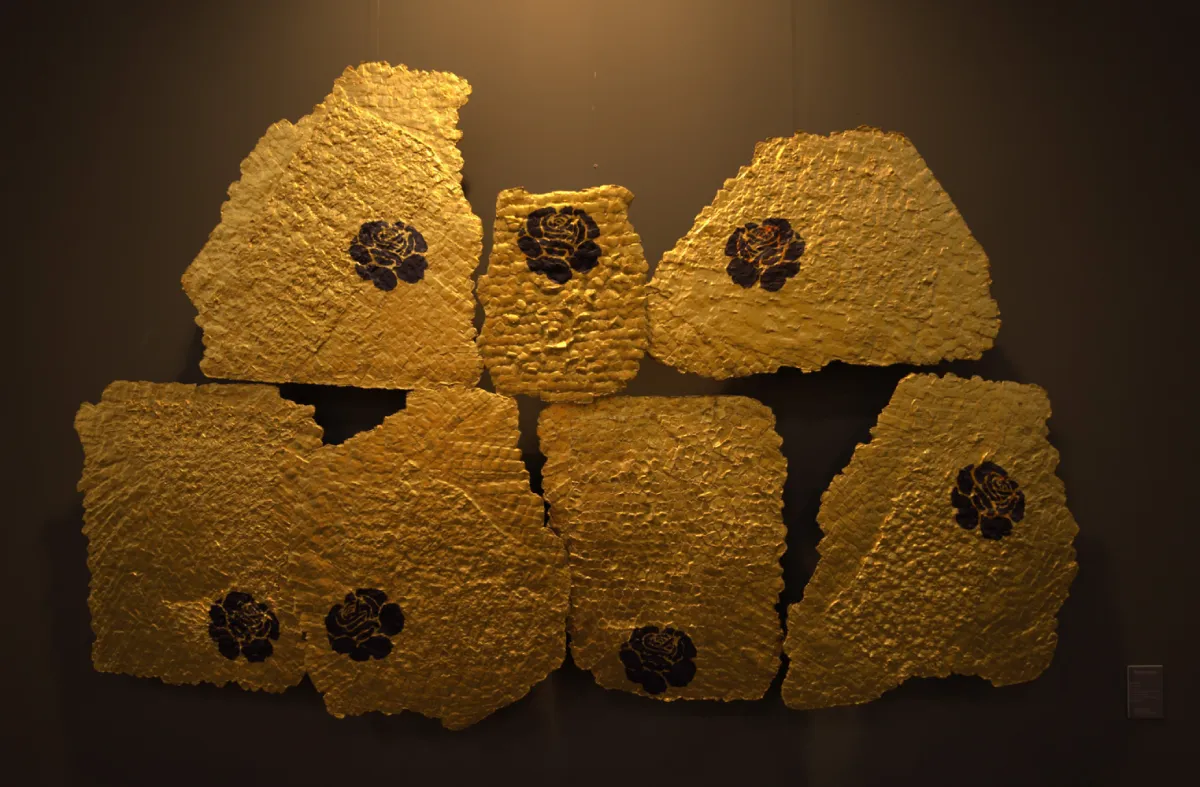
Olga de Amaral, the celebrated Colombian artist known for her shimmering textile-based works, has carved out a unique place in the world of contempor
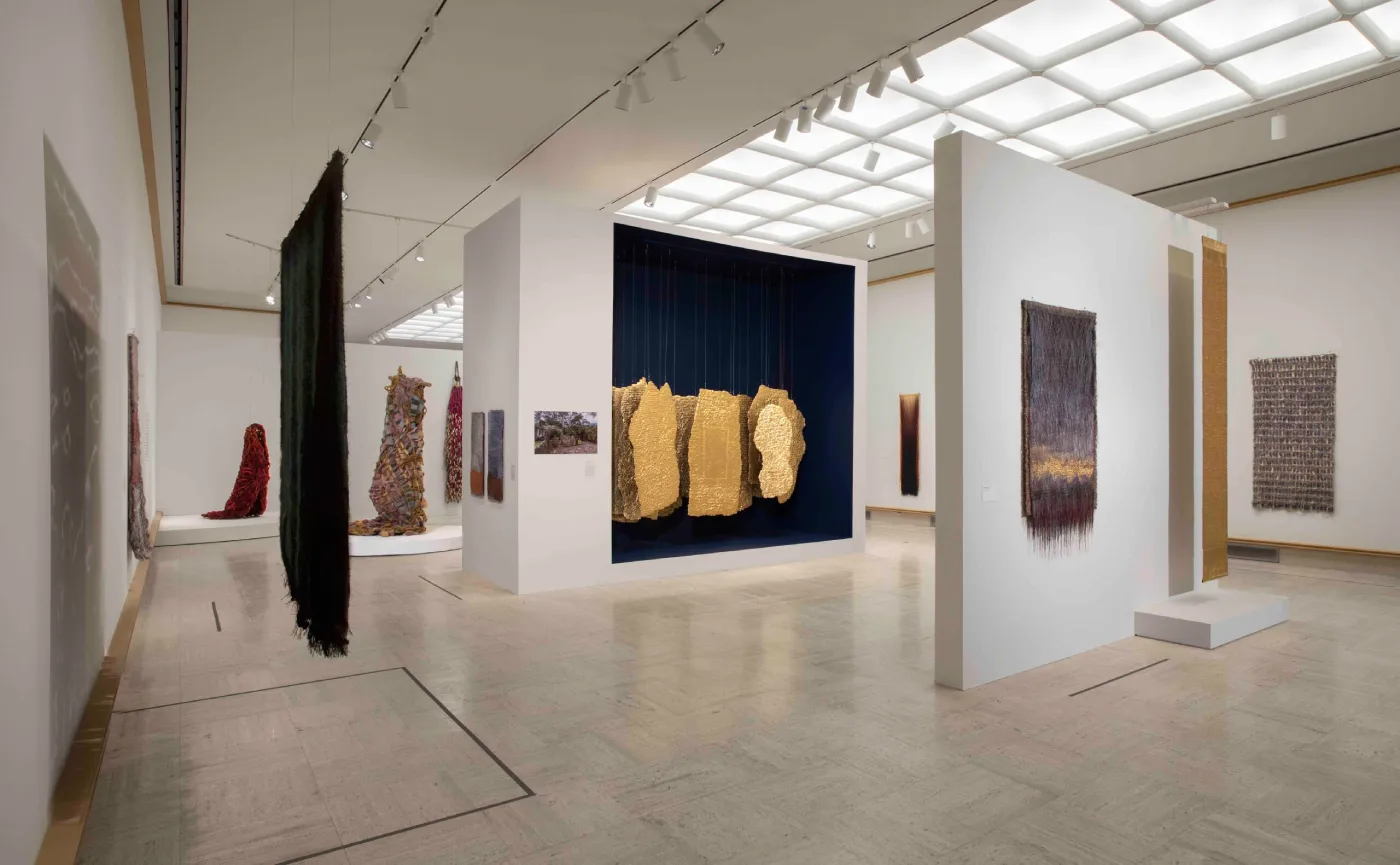
Olga de Amaral is an internationally acclaimed artist known for redefining textile art through a fusion of traditional fiber techniques, contemporary
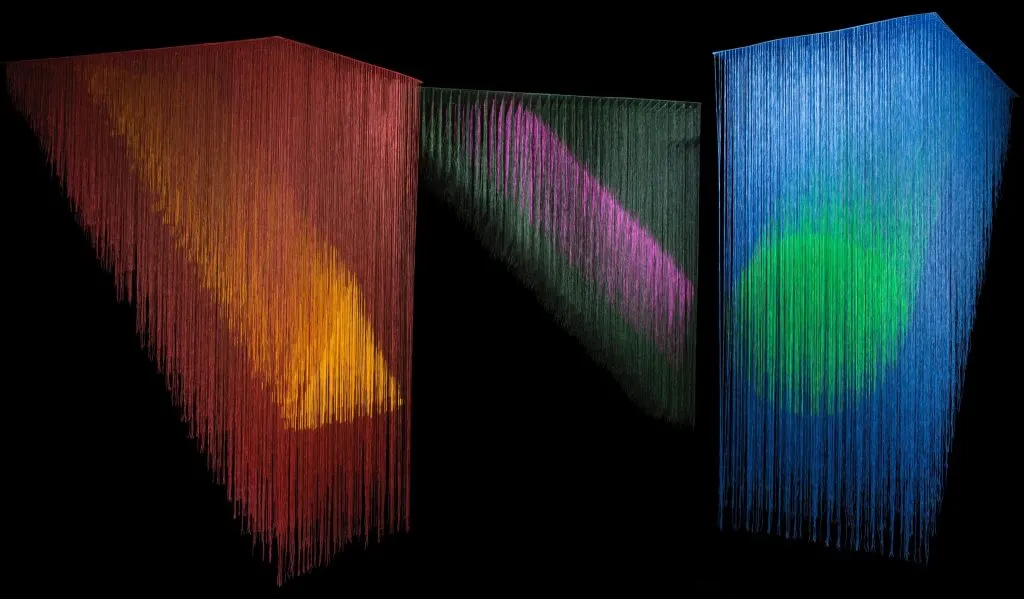
Few contemporary artists have so profoundly influenced the global perception of textile art as Olga de Amaral. As a seminal figure of Latin American

In the ever-evolving world of contemporary art, few artists have achieved the global recognition and cultural significance of Olga de Amaral: th
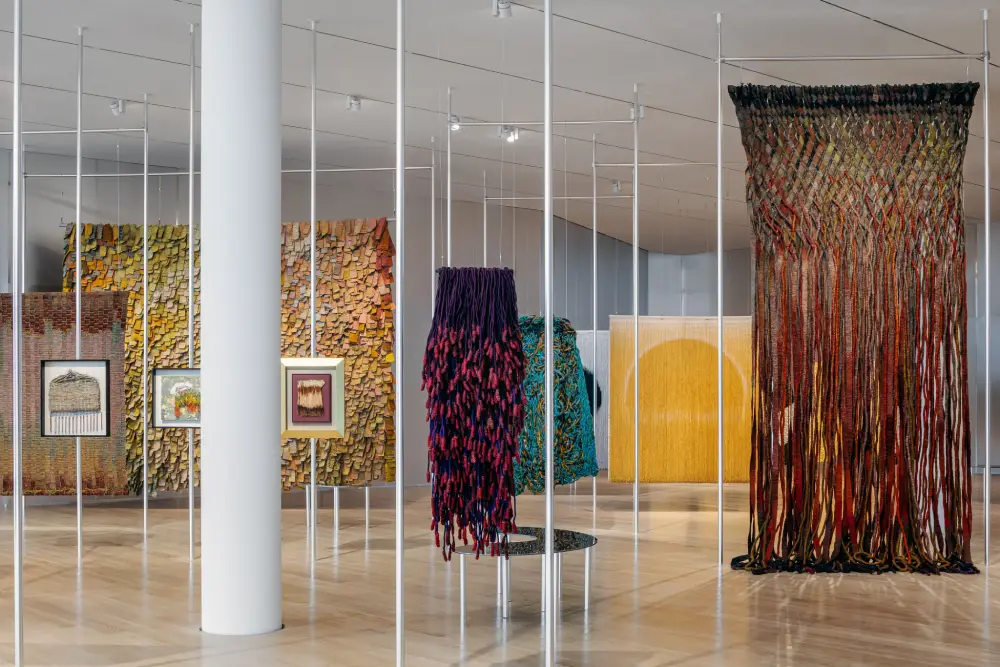
The Institute of Contemporary Art, Miami (ICA Miami), is currently hosting a groundbreaking retrospective of Olga de Amaral, one of the most inf
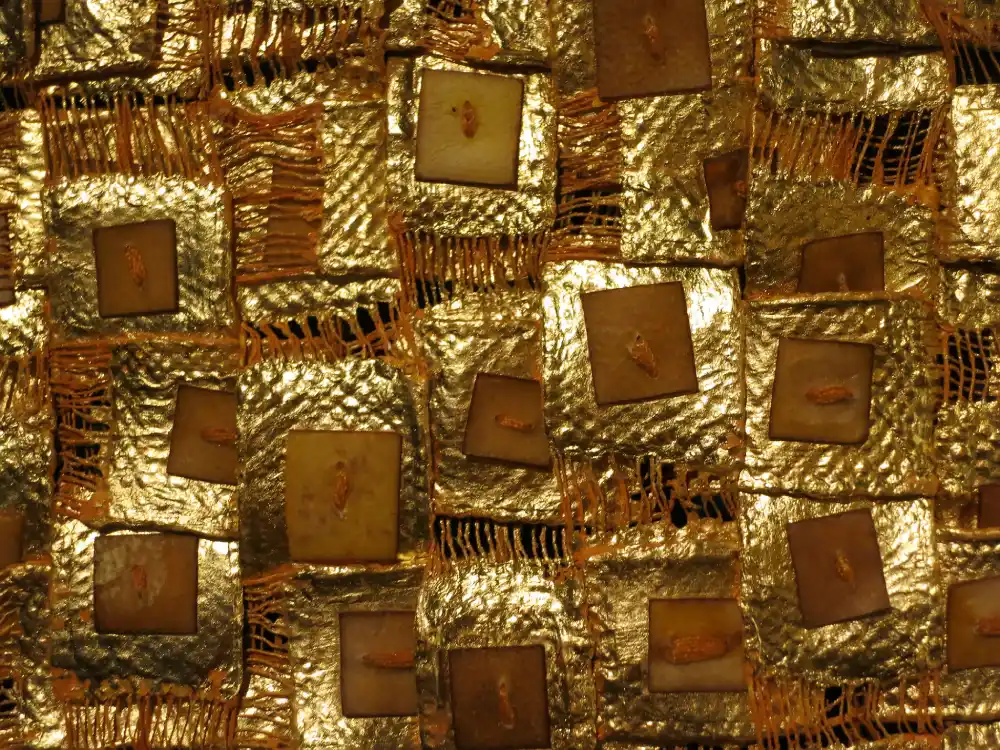
A new era for textile art Textile art is experiencing a renaissance. Once underestimated and confined to the category of craft, it is now thriving
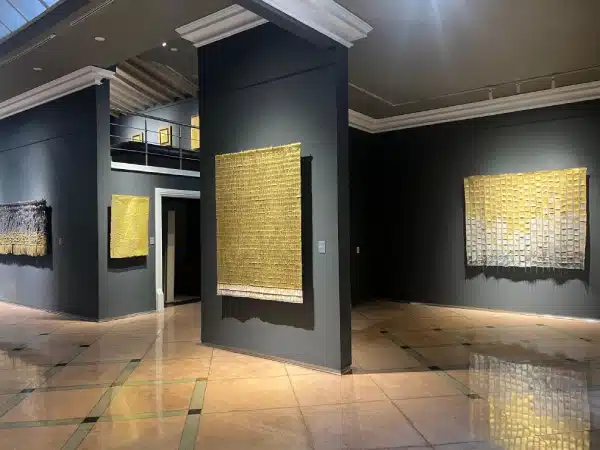
When it comes to buying Olga de Amaral art, collectors and art enthusiasts alike turn to her exceptional textile works, which pay homage to the rich

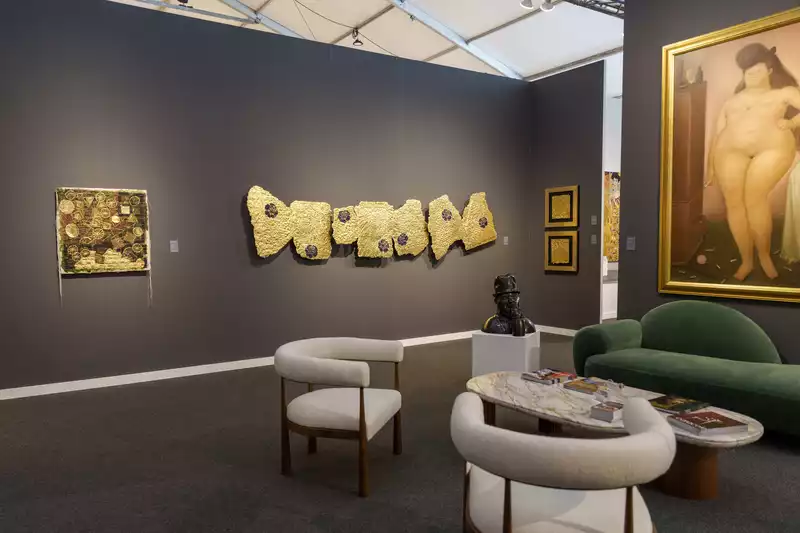
When discussing the great figures of Latin American art, few names carry as much international weight as Olga de Amaral and Fernando B
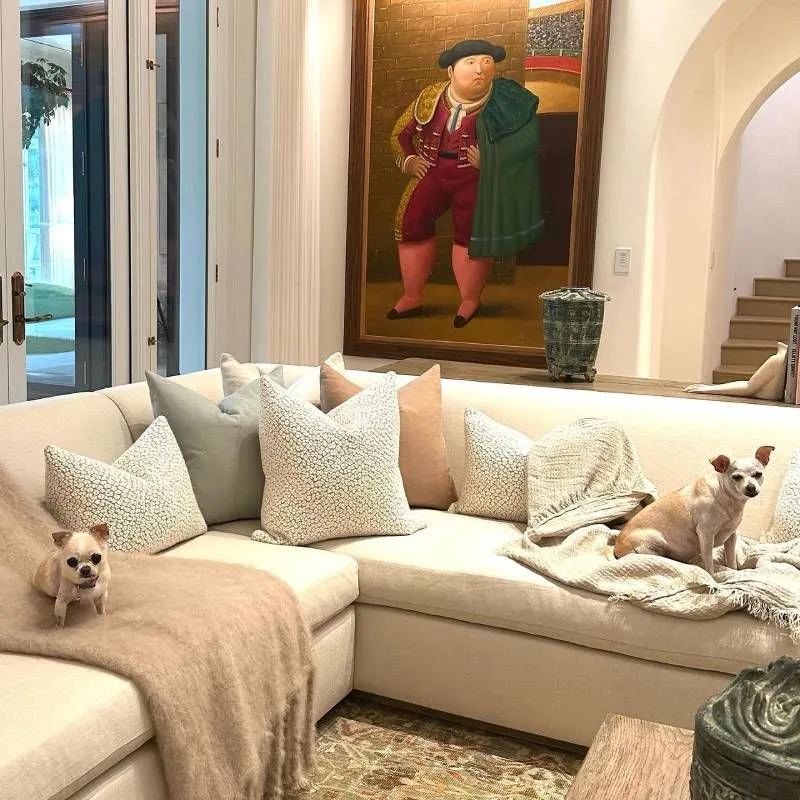
Investing in art can be one of the most exciting and rewarding decisions you make. Beyond its aesthetic value, art has established itself as an intel
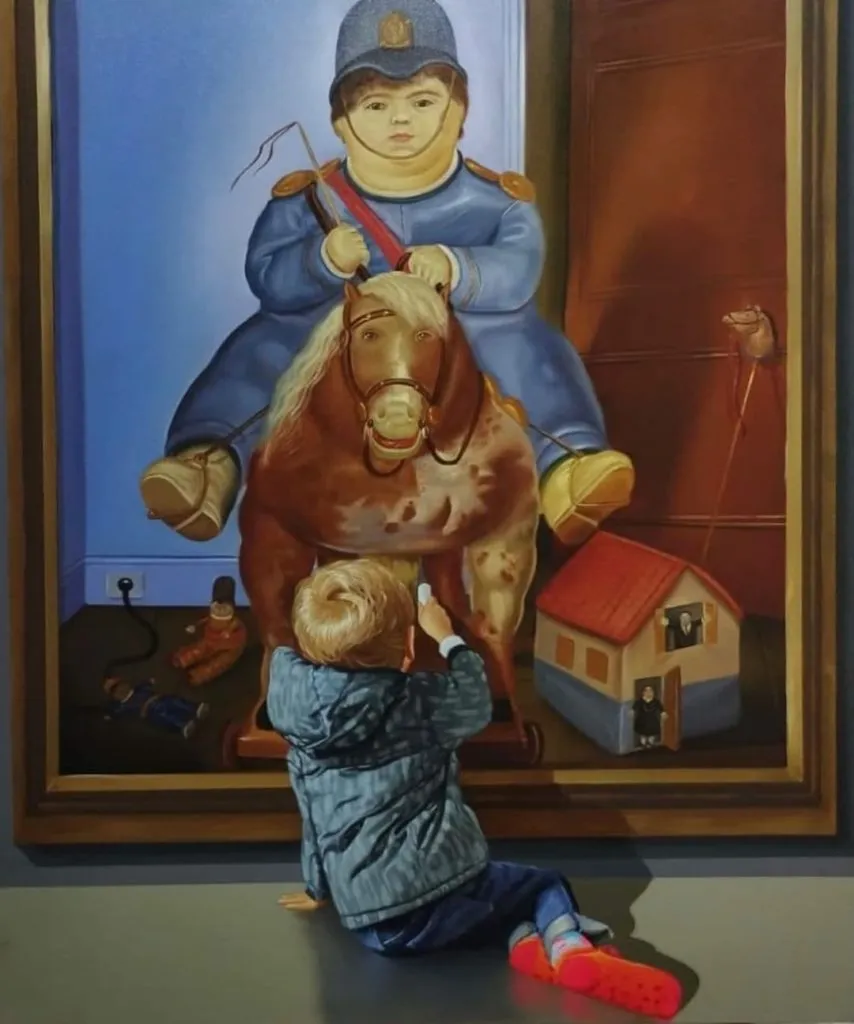
Colombian art is nowadays one of the most compelling forces in the global art scene. With its rich cultural roots, diverse aesthetics, and bold conce
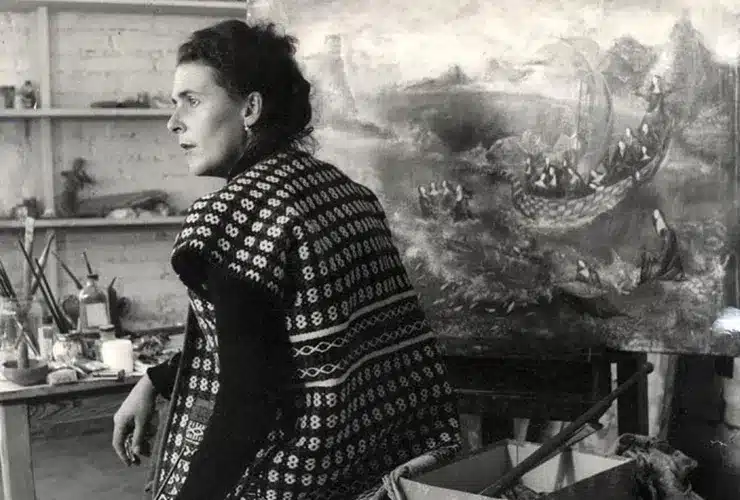
Contemporary Latin American art has witnessed a significant transformation in recent decades, especially in relation to the participation and recogni
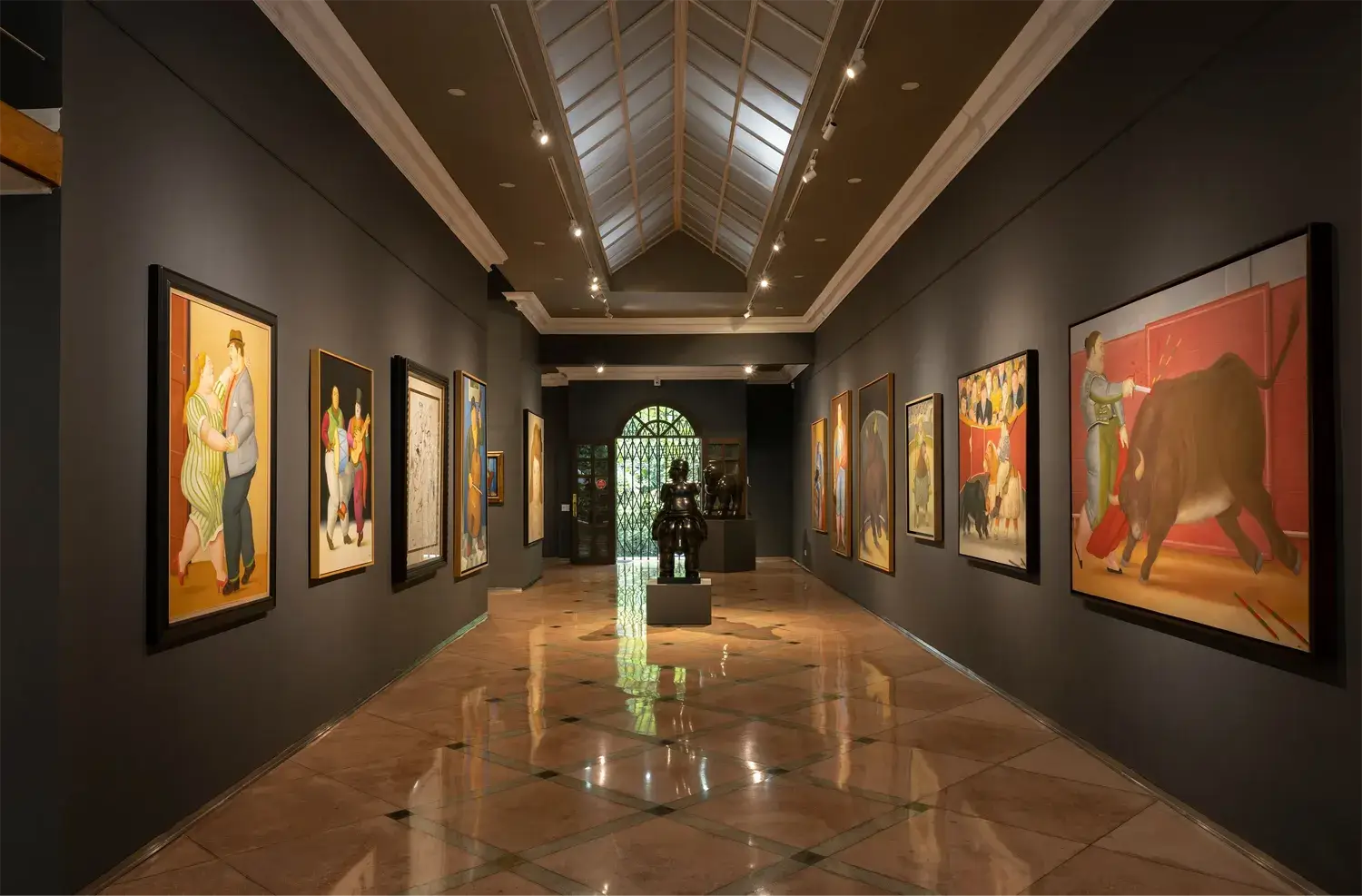
2024 was an unforgettable year for Duque Arango, a gallery committed to the promotion of Latin American and global art. Through carefully curated exh

2024 marked an unforgettable year for Duque Arango, a gallery committed to the promotion of Latin American and global art. Through carefully curated
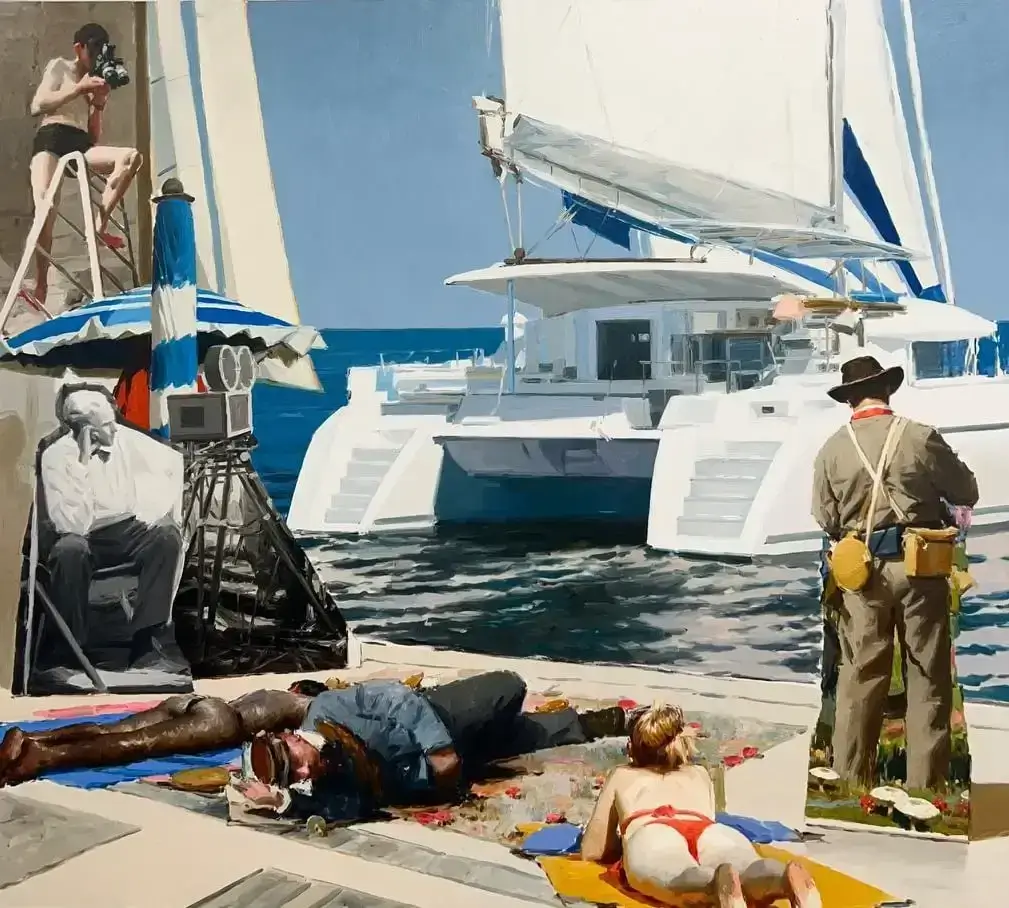
Latin American art is a reflection of the rich history and culture of the region. From ancient pre-Columbian civilizations to the most avant-garde co
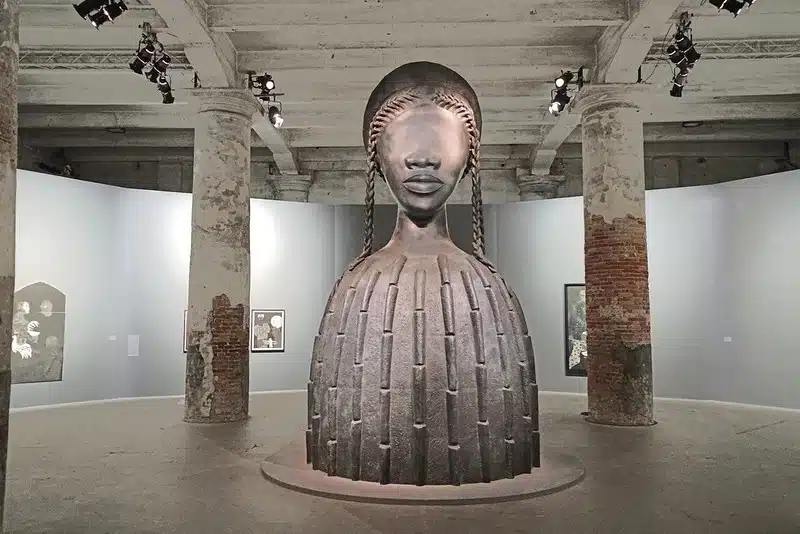
The Venice Biennale 2024, one of the most important art exhibitions in the world, is presented this year under the title “Stranieri Ovunque”, transla
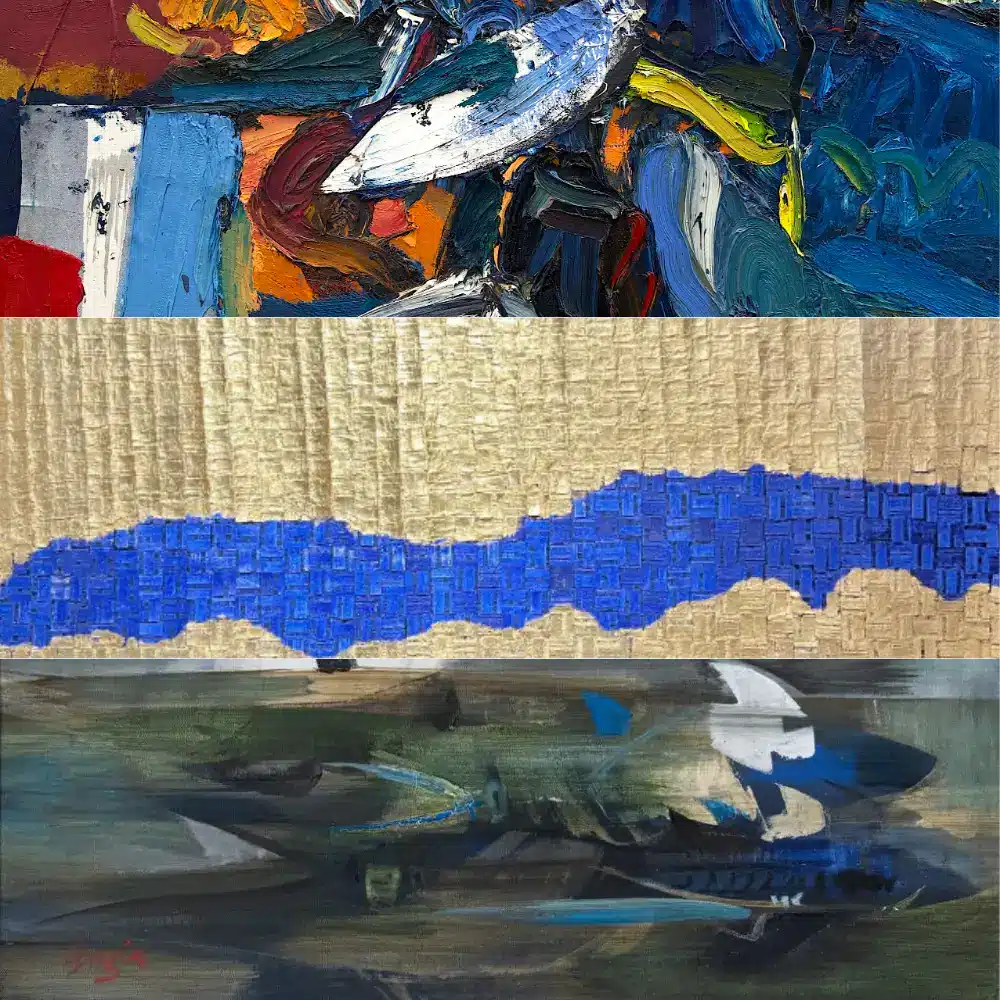
The Duque Arango Gallery is pleased to announce three outstanding art exhibitions to be held in Medellin, Bogota and Barranquilla during the mont
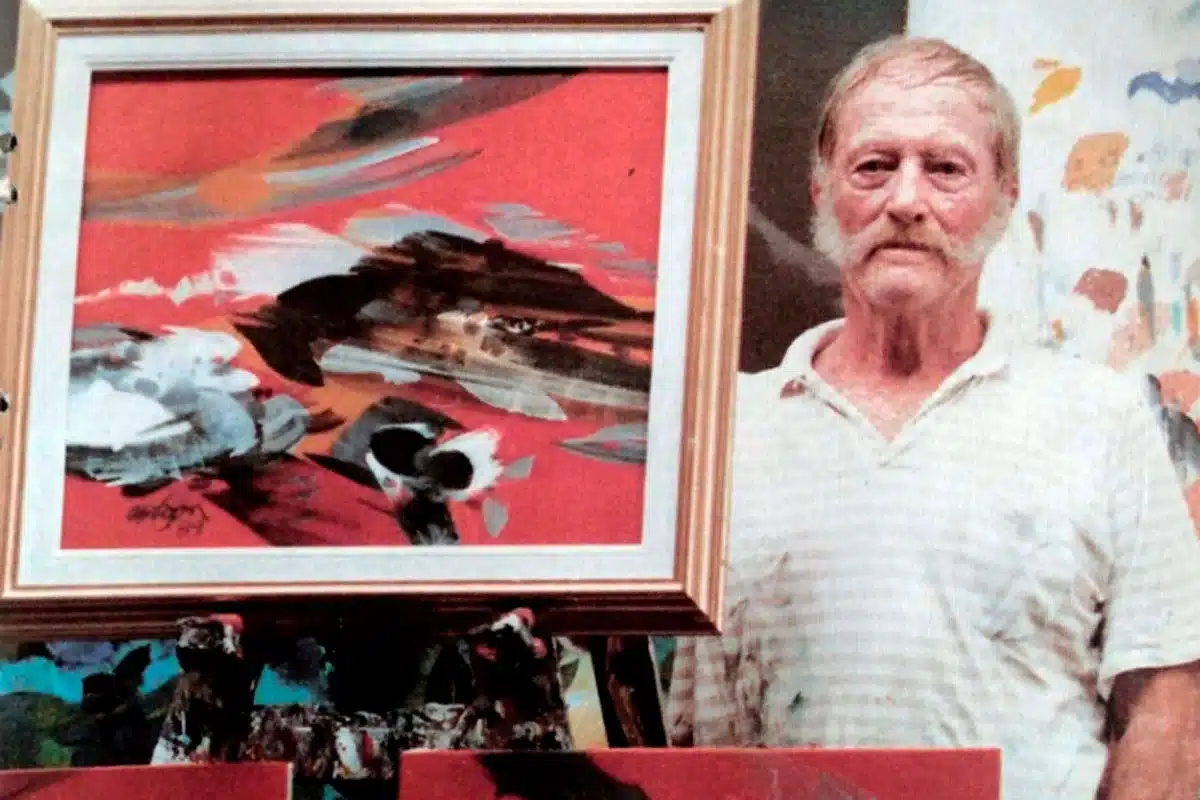
Fernando Botero Born in Medellín in 1932, Botero developed a passion for art at a young age. He studied at the Academy of Fine Arts in

